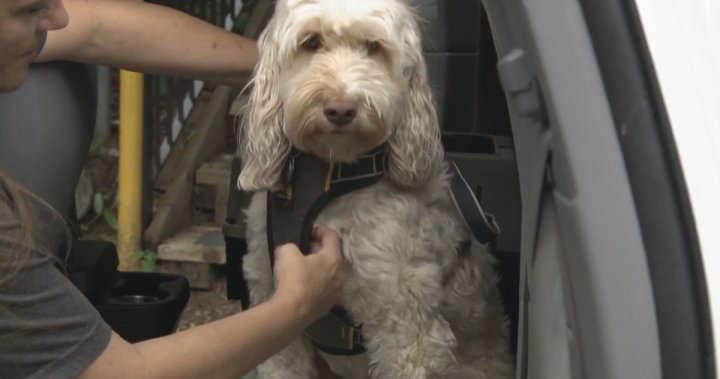Leaving pets unattended in vehicles, even briefly, can result in dangerous temperature extremes that pose serious health risks, including heatstroke and hypothermia. Inside a car, temperatures can soar over 110 degrees Fahrenheit within an hour on a mild day, while cold conditions can be equally threatening to vulnerable animals. Proper pet safety in cars also requires using appropriate restraints, keeping pets in the back seat away from airbags, and avoiding risky behaviors such as allowing pets to stick their heads out of windows or transporting them in unsecured cargo areas. Ensuring pets wear identification and are never left alone in the vehicle are essential steps to protect their well-being during travel.
Risks of Temperature Extremes in Vehicles
Vehicles can rapidly become unsafe environments for pets due to temperature fluctuations. On even moderately warm days, the interior temperature of a parked car can rise above 110 degrees Fahrenheit within 60 minutes, creating a severe risk of heatstroke for pets left inside. Heatstroke can lead to irreversible organ damage and can be fatal if not promptly treated. Conversely, during cold weather, a vehicle can act as a freezer, where low temperatures may cause hypothermia and other cold-related injuries, particularly for small, elderly, or short-haired animals.
Importance of Proper Restraints and Positioning
Safe travel with pets requires the use of appropriate restraint systems such as harnesses specifically designed for vehicles, pet seat belts, or secure carriers. These restraints help protect pets during sudden stops or accidents by preventing them from becoming projectiles or distracting the driver. It is advised to keep pets in the back seat rather than the front, as airbags can cause severe injuries to animals in the event of deployment.
Avoiding Risky Behaviors During Travel
Allowing pets to stick their heads out of car windows may seem enjoyable for the animal, but this exposes them to potential hazards such as flying debris, sudden stops, or falls. Additionally, transporting pets in unsecured cargo areas or leaving them unrestrained inside the vehicle increases the risk of injury for both the pet and vehicle occupants.
Identification and Never Leaving Pets Unattended
Every pet should wear proper identification, such as collars with tags and microchips, to increase the chances of reunification if they escape during travel. Leaving pets unattended in vehicles is strongly discouraged under all circumstances due to the unpredictable risks posed by temperature extremes and potential accidents. Constant supervision and preparation are key to ensuring pet safety on the road.
Summary
Ensuring pet safety during travel involves multiple precautions: avoiding leaving pets alone in cars, regulating temperature exposure, using correct restraints, positioning pets safely away from airbags, and preventing dangerous behaviors such as window riding. These measures collectively contribute to safeguarding pets’ health and well-being during vehicular transport.
In conclusion, prioritizing pet safety in vehicles is essential to prevent heatstroke, hypothermia, and injuries during travel. Pet owners should never leave animals unattended in cars due to rapid temperature changes that can be life-threatening. Proper use of restraints, positioning pets safely away from airbags, and avoiding risky behaviors like allowing pets to extend their heads outside windows further protect their well-being. Additionally, ensuring pets carry identification enhances their safe return if they become lost. By following these guidelines, pet owners can significantly reduce the risks associated with transporting animals in vehicles and promote safer journeys for all passengers.

